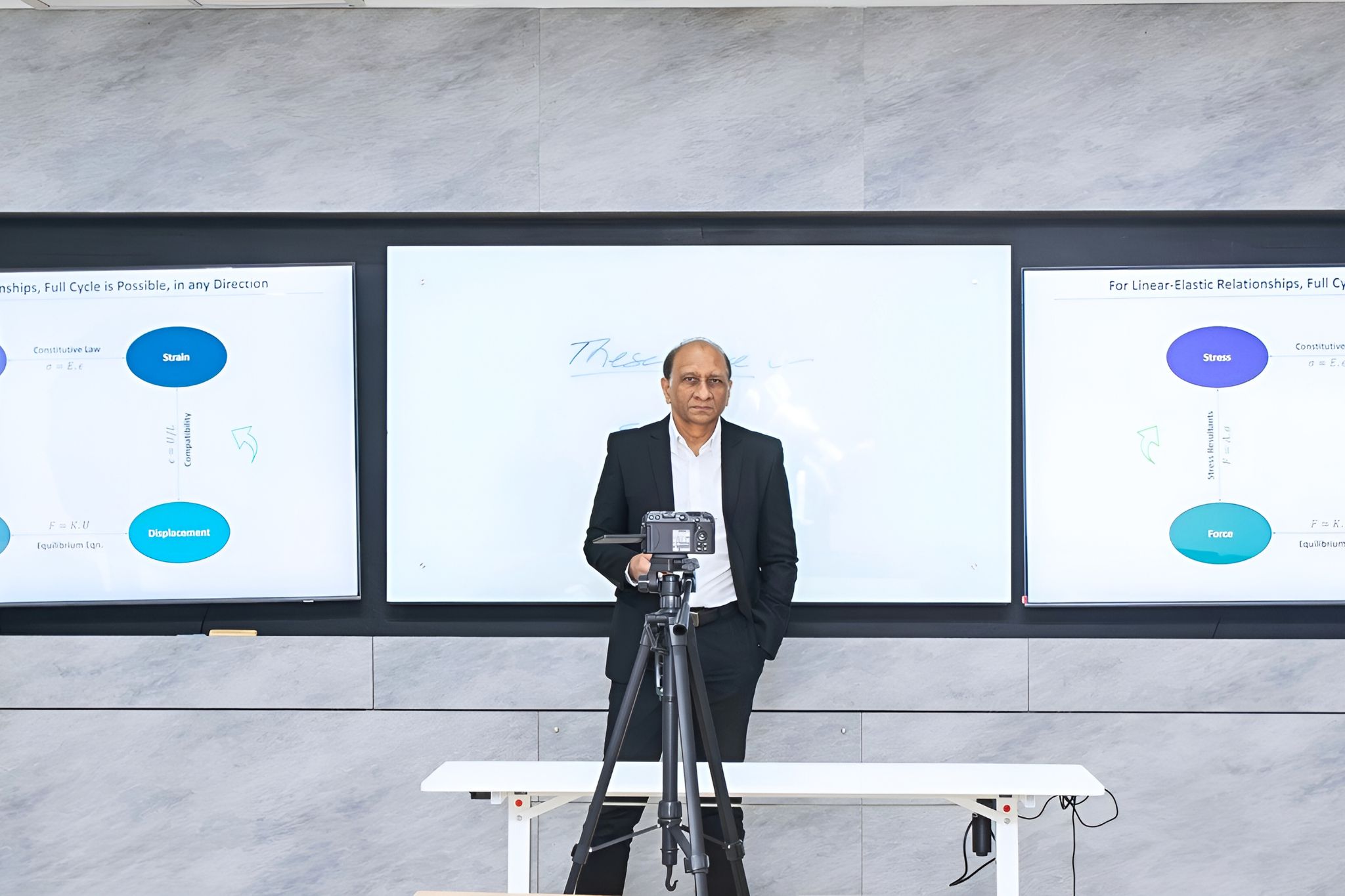Ferrocement building techniques offer a unique blend of strength, flexibility, and aesthetic freedom. This article and accompanying video provide a detailed look at a landmark project: the design and construction of a ferrocement building extension at the Asian Institute of Technology (AIT), showcasing the material’s potential in modern architecture.
What is Ferrocement? A Brief History
Before diving into the AIT project, it’s important to understand the material. Ferrocement, invented in the 1850s, uses layers of wire mesh reinforced with cement mortar to create thin, strong, and complex shapes, initially popularized in boat building.
The AIT Ferrocement Building Project Overview
The project involved adding a lightweight extension on top of an existing structure at AIT, which now houses offices and a smart lab. This section covers the background of the FerroCement Center at AIT and the project’s goals.
Structural Design and Analysis with SAP2000
Designing a ferrocement building requires precise engineering. Learn how finite element modeling in SAP2000 was used for stress analysis to ensure the stability of the unique shell structure. The use of ribbed elements was key to enhancing stiffness without heavy formwork.
Innovative Construction Process
The construction of this ferrocement building avoided traditional falsework. This section details the step-by-step process, from creating the steel rebar and mesh framework to applying the plaster using temporary plywood panels and specialized water techniques.
Future Applications of Ferrocement Building Technology
The success of the AIT ferrocement building project opens doors for wider applications. This technology could revolutionize affordable housing projects, especially in areas requiring earthquake-resistant structures. The material’s durability and corrosion resistance make it suitable for marine applications and water tanks. As sustainable construction gains importance, ferrocement’s minimal material waste and energy efficiency position it as an eco-friendly alternative.
Outcomes and Architectural Impact
The completed ferrocement building extension is a testament to the material’s benefits: it’s lightweight, efficient, and offers a striking aesthetic contrast to conventional construction, demonstrating ferrocement’s enduring relevance.








